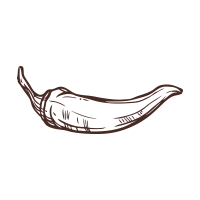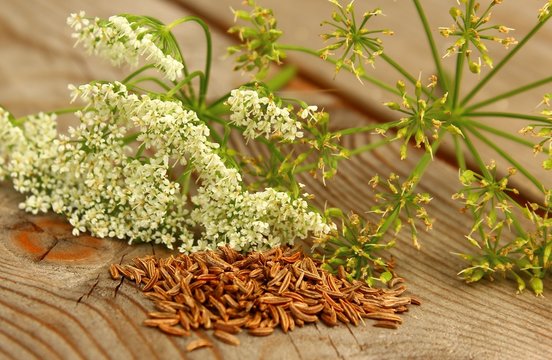
Dhania, also known as coriander or cilantro, is an easy-to-grow herb with a distinct citrusy flavor and aroma. It's widely used in various cuisines around the world, both fresh and dried. Dhania farming can be a profitable venture for small and large-scale farmers alike, as the demand for this versatile herb remains high.
